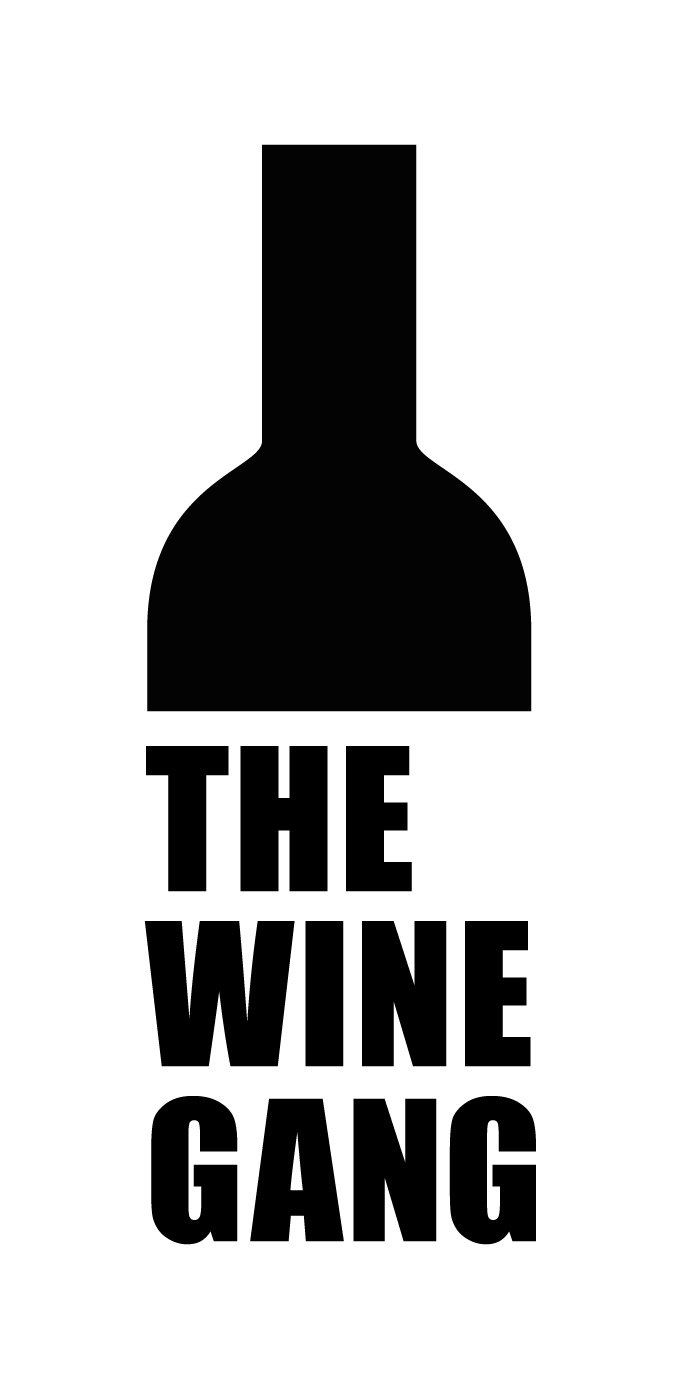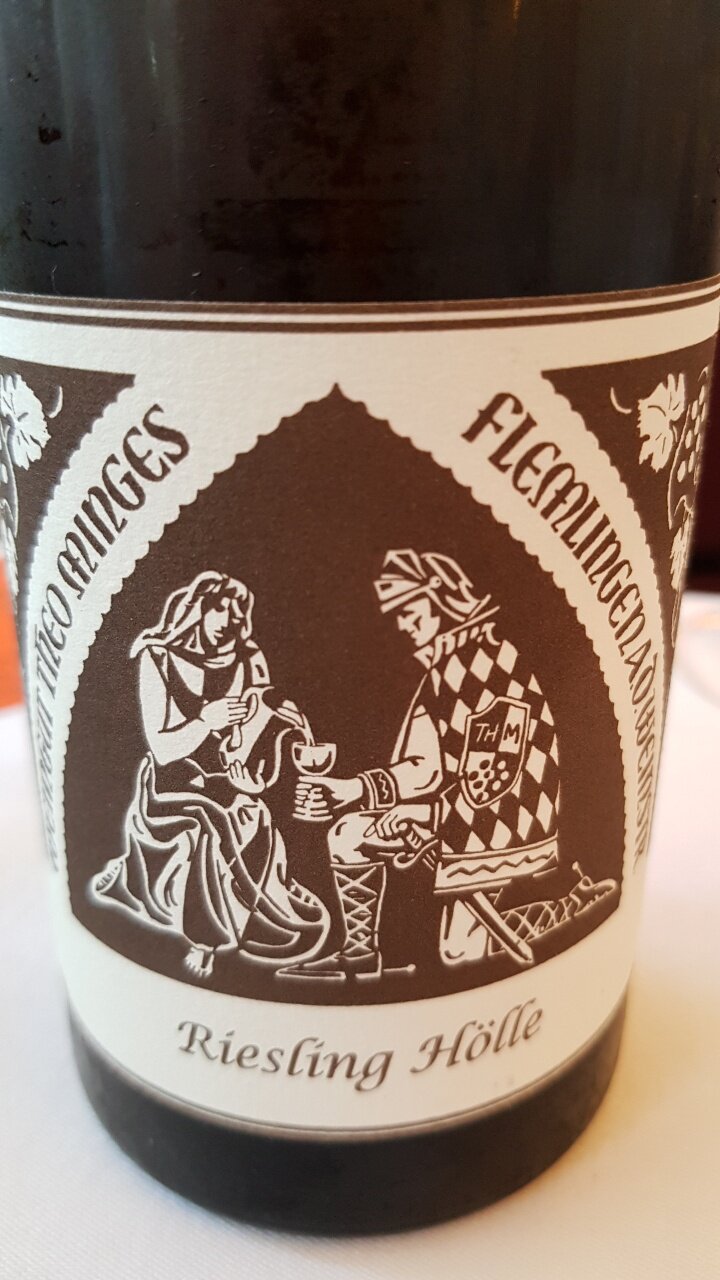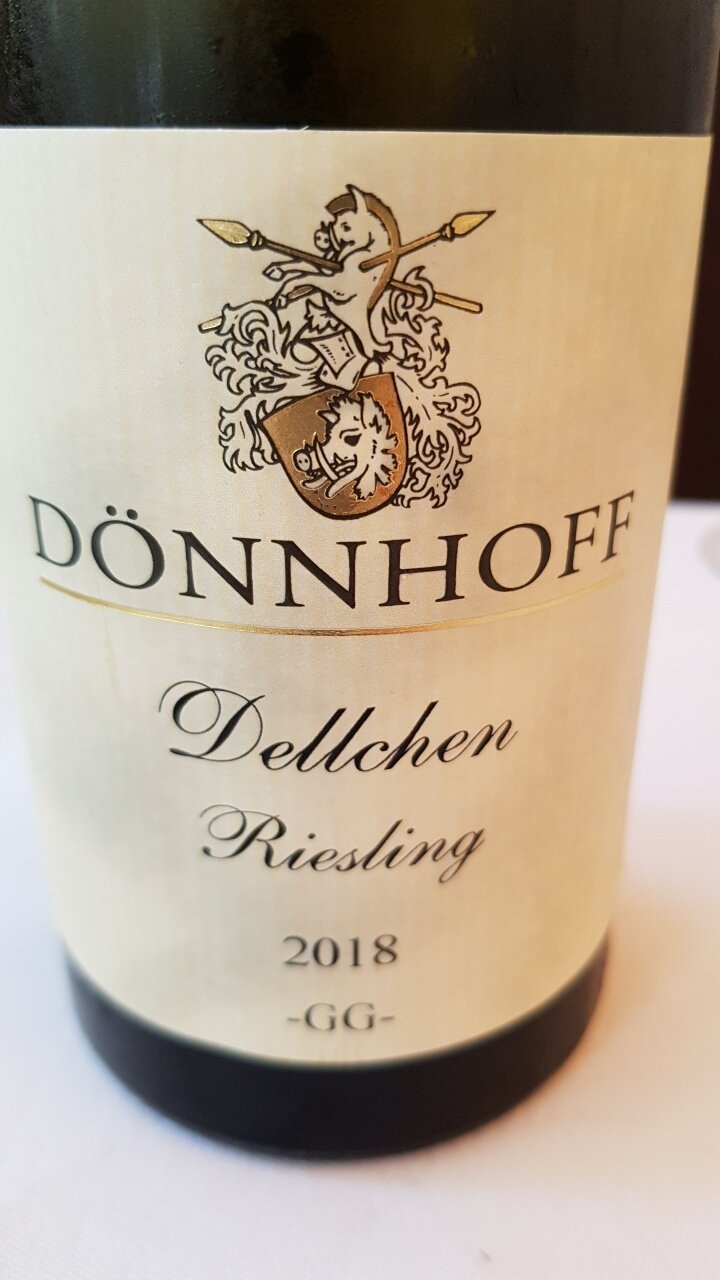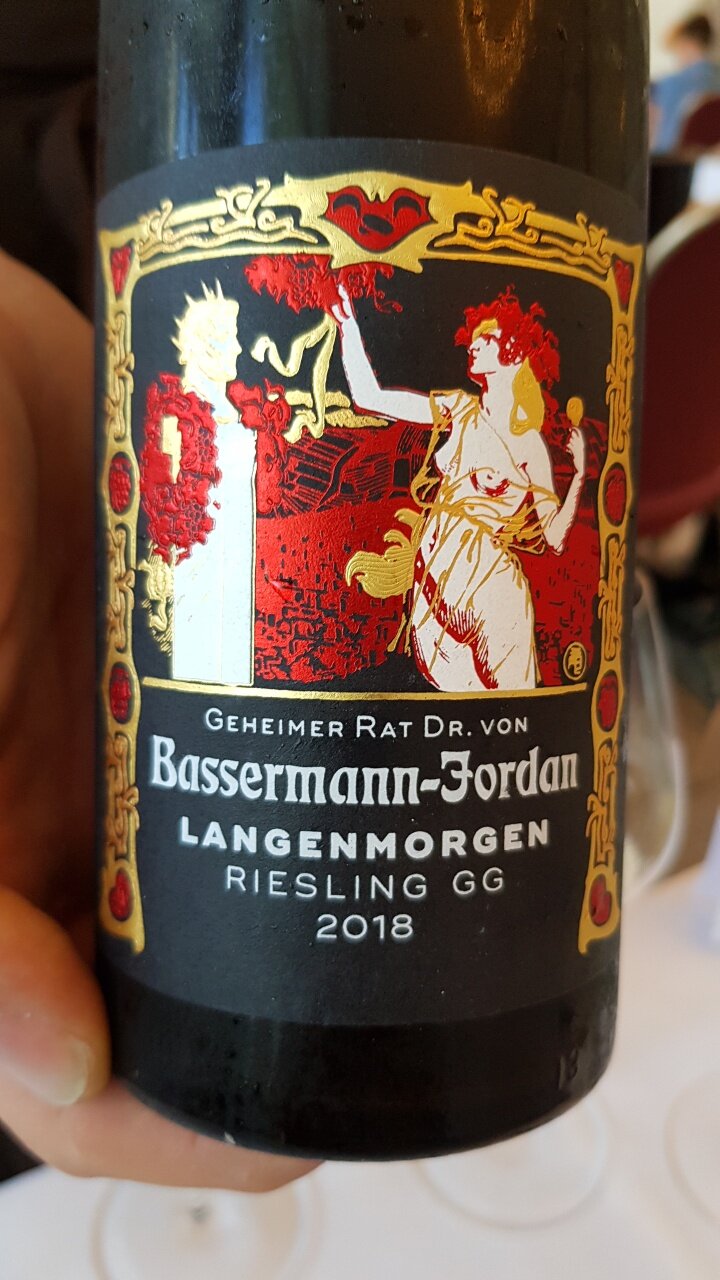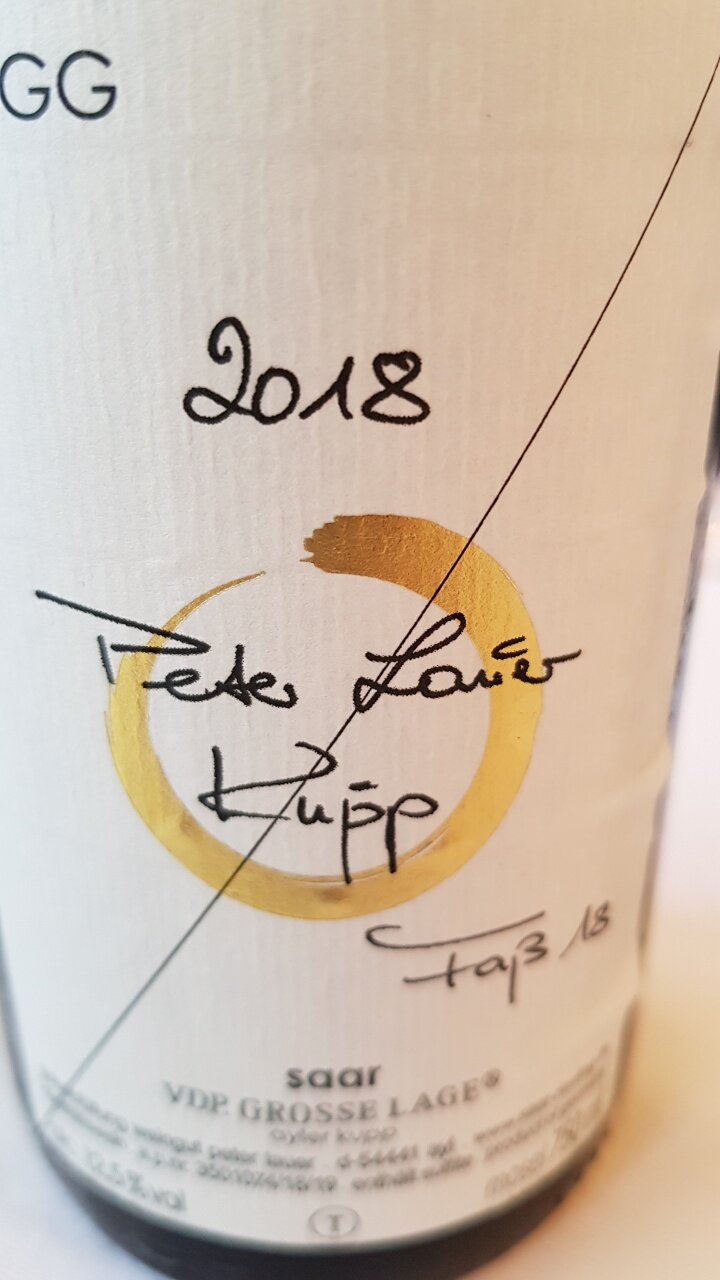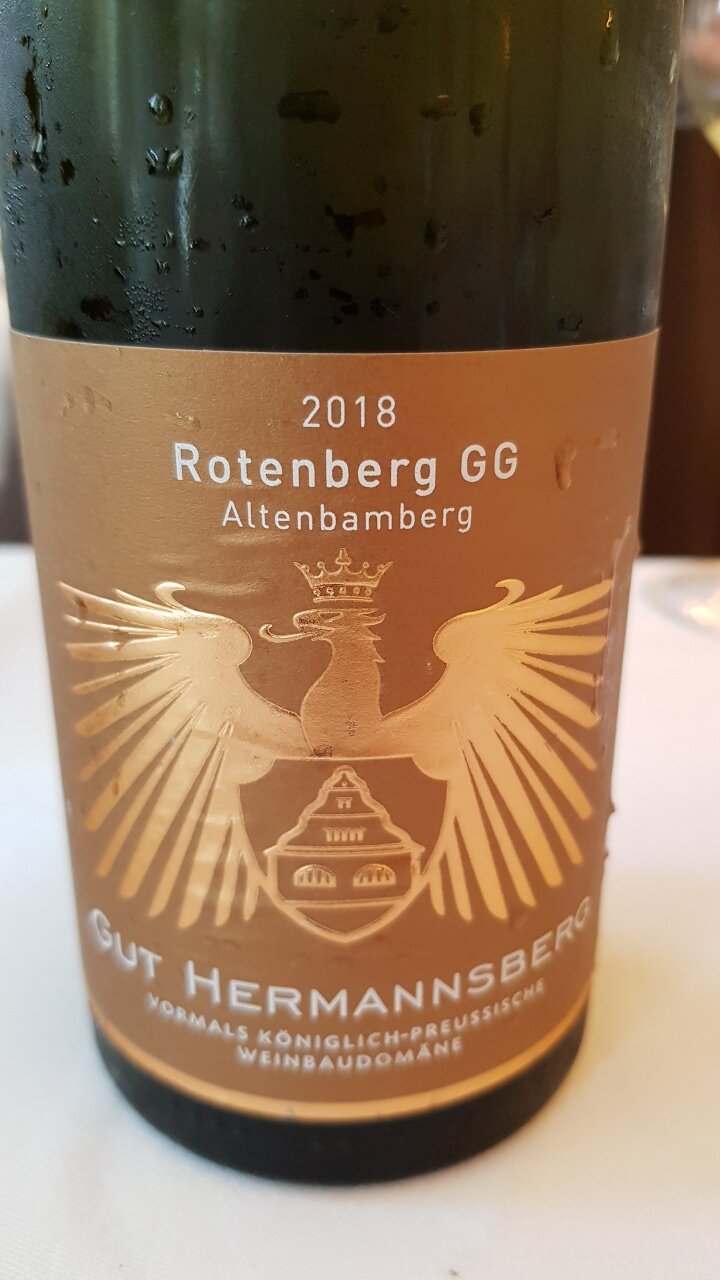Ode to Joy: Germany’s 2018 Grand Cru Riesling
At the end of August in Wiesbaden, I was among a group of journalists given a sneak preview of the 2018 Grosses Gewächs (grand cru) dry Rieslings of the VDP, the club of Germany’s top growers that restricts yields to a maximum of 50 hectolitres per hectare. The growers are happy with their 2018 vintage but not necessarily because it’s a great vintage in itself. The reason why they are jumping for joy is that after the very small 2017 vintage, a bountiful harvest of well over 10 million hectolitres has re-stocked their cellars to give them all the opportunities they need to satisfy demand.
2018 was a warm, sometimes hot summer that has produced abundant quantities of consistently opulent, charming Rieslings which will be delicious to drink in the short to medium-term. Because of the heat, it wasn’t so much a great vintage for rich, sweet, botrytis wines, but has rather favoured the dry Rieslings. Having said that, while the drought has helped those hillside vineyards where the roots penetrate deep into water-retentive soils, there are variations across the regions. The Mosel, and particularly its upper reaches of the Saar and Ruwer, has done well, as have parts of Nahe, Rheinhessen and Rheinpfaz. It seems that that some areas within the Rheingau lacked that extra degree of intensity.
Especially in a warm, dry year, acidity - the building block of Riesling - is essential for maintaining freshness. My impression is that some of the warmer sites have suffered and where they have, the natural acidity of the Riesling is on the low side, tending to create wines somewhat fat and plump, rich at their best, but lacking the mouthwateringly crispiness that makes them so delicious and takes them through to the next stage of life in bottle. In some cases, producers have therefore had to give their wines a little boost of acidity to maintain the essential freshness that top German Riesling demands. Where that didn’t happen, there is a listlessness about some of the wines, a feeling that they’ve been stripped of their natural energy, and may not have the staying power of vintages with higher natural acidity.
Having said that, the skill of growers who have become used to handling recent warmer, dry years aggravated by climate change has made a difference. Responding to a growing season accelerated by dry conditions, growers generally picked their grapes ripe but earlier than usual in order to retain as much of that crucial acidity as possible and to avoid excessive alcohol. At the same time, given that the grapes largely came in in healthy conditions, they were able to make their wines without too much intervention in the cellar.
Many of the best wines have a refreshing prickle on the tongue derived from their stay on the lees in tank or cask, adding that extra zip. It’s not certain at this stage how much of that spritz will remain as the wines get a bit older but it certainly makes for an attractive pour now. There was also a noticeable use of oak by a handful of growers, but where you can taste it, it becomes obtrusive, flattening rather than flattering the pristine fruit flavour of Riesling.
The traditional view is that a classic Riesling vintage should have all the natural acidity necessary to provide the structure for lengthy ageing. The rationale behind is that these wines need time to go though their paces and reward cellaring. There’s much to be said for this received wisdom and yet at the same time, while it may not have the staying power of the greatest vintages, there’s a certain beauty about Riesling when the fruit is plump and fleshy. The wines can be delicious early on and stay that way for at least three to five years, perhaps more. For me the best of these wines, with sufficient balance, have that sumptuous aroma, flavour and texture and enough intensity to make them immediately mouthwatering and quite delicious early on. So would I put my money where my mouth is? Not only would I, but I have and my mouth is already watering.
This month’s recommendations include a selection of dry white Riesling grands crus (Grosses Gewächs) from the VDP sneak preview tasting. There will be more but three wine merchants with current en primeur offers are Justerini & Brooks, Howard Ripley and Awin Barratt Siegel. Prices are per case of 6 bottles in bond, with duty and VAT to be paid on delivery later this year or early next.
— posted by Anthony Rose
